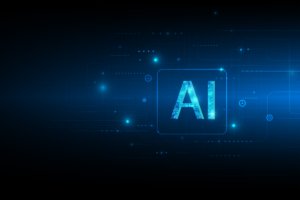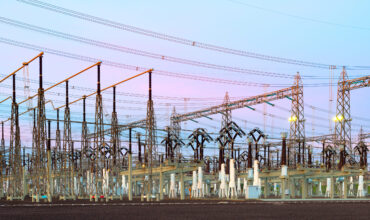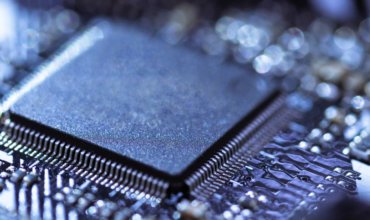Data Center Trends: Artificial Intelligence (AI)
 Richard Burcher, Product Manager specialising in Liquid Cooling, explores how Artificial Intelligence (AI) is set to shape the data center industry throughout 2024.
Richard Burcher, Product Manager specialising in Liquid Cooling, explores how Artificial Intelligence (AI) is set to shape the data center industry throughout 2024.

Unsurprisingly, the most significant trend throughout 2023 and a driver for additional capacity and the continuation of the data center boom is Artificial Intelligence (AI) and Generative AI. AI, as a theme, has dominated many headlines throughout 2023 and will continue to do so throughout 2024.
According to a recently published report from the Dell’Oro group, worldwide data center capex will see an 18% CAGR (Compound Annual Growth Rate) over the next five years, with AI as the catalyst. Baron Fung, Senior Research Director at the Dell’Oro Group, stated, “Accelerated computing optimised for domain-specific workloads such as AI is forecast to exceed $200 billion by 2028, with the majority of the investments deployed by the hyperscale cloud service providers”.
One previously reported barrier to AI adoption has been fear of how AI will negatively impact children’s education and how children can be stopped from copying and pasting from AI without forming their opinions on the outputted content. In reality, educational institutes view AI as an opportunity instead of a threat. Some of the top universities in the UK are looking to adapt teaching and assessment for students to incorporate the ethical use of Generative AI, ensuring that academic integrity is upheld. The Russell Group is a consortium which includes some of the most selective universities in the UK, and they have published a set of principles to help capitalise on the opportunities of AI.
The reality is that AI is here to stay, and there is a need to teach how to use AI effectively and responsibly, reimagining teaching for the next generation with suitable parameters to understand AI and adopt it correctly.
In the coming year, there will likely be an increase in AI, where the money invested in AI start-ups converts to viable use cases and adoption by large enterprises. In 2023, we will see AI adoption using word language models, including imagery and chatbots. Throughout 2024, predictions suggest we will begin to see the first wave of Generative AI producing video via keywords – complex, innovative, and compute-intensive, but ground-breaking for advertising, education, and even mainstream film and TV production.
In 2024, we will also likely see AI Chatbots – increasing in normalisation and becoming increasingly personalised. Adopted in the service industry, consumers will begin to use and see customisation. With live translation into multiple languages and more humanisation in the experience, increasing adoption, where the robotic voices for returned outputs become more humanised, blurring the lines between whether you are speaking to a human or a robot.
Following AI adoption, regulation and legislation will be aligned to balance, measure, protect privacy, and detect fraud. Europe and the UK will want to be central to that as governance leaders. Indeed, recent ‘deepfake’ events experienced in the US have seen the boss of Microsoft and the Whitehouse call for immediate action to tackle ‘deepfakes’ requiring driving to Federal Law.
Again, 2024 will be the year enterprise adapt and adopt specific AI use cases. Sam Altman, the American Entrepreneur and CEO of OpenAI, recently stated at Davos that the AIverse would be bigger than just a technical revolution and that there was no “magic red button” to stop AI. Mark Zuckerberg has recently decided to merge two of Meta’s leading AI research groups (FAIR and GenAI), stating that it “becomes clear that the next generation of services will require building full general intelligence.” That newly declared focus will involve 350,000 Nvidia H100 GPUs by the end of 2024, or almost 600K H100s equivalent of computing if including other GPUs.
This post originates from Richard Burcher’s comprehensive article, ‘Trends, Challenges, and Innovations in Data Centers‘.
Read More Here

DATA CENTER TRENDS: POWER
Discover the impact of high-density computing on power demands and innovative strategies to ease strain on supply chains.
DATA CENTER TRENDS: SUSTAINABILITY
Read our blog on the growing significance of sustainability and increased investments within the data center sector.
DATA CENTER TRENDS: HIGH-DENSITY COMPUTING
Read our blog on the impact of High-Density Computing on cooling technology.




